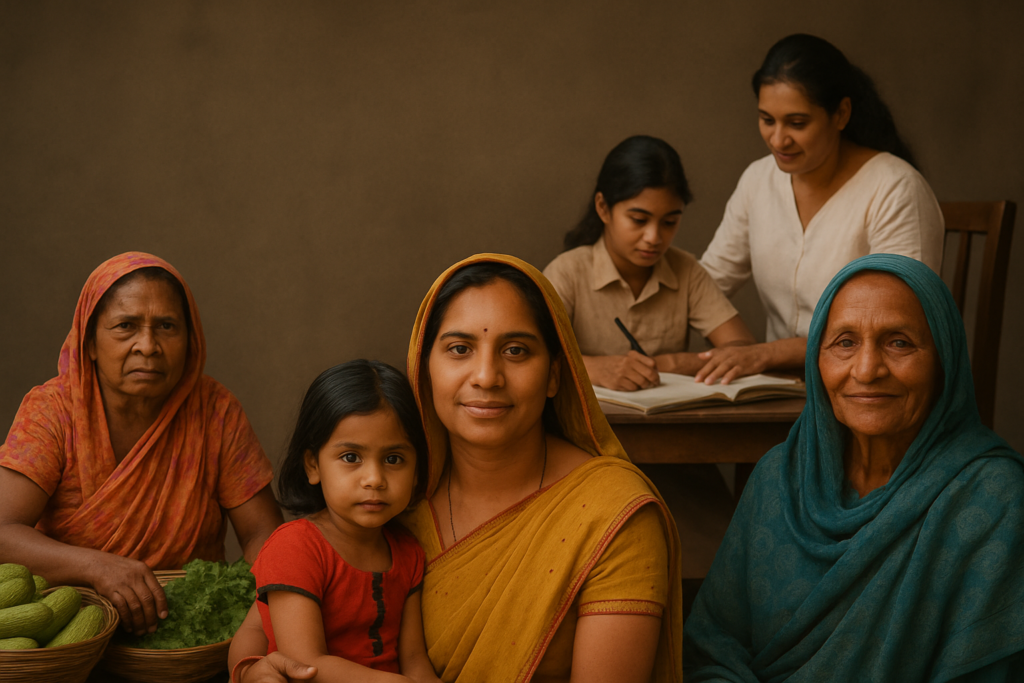This Mother’s Day, May 11, 2025, India salutes not just the sentiment of motherhood, but the strength, resilience, and silent leadership embodied by millions of Indian mothers—from Himalayan villages to Mumbai high-rises, from tribal hamlets to urban slums.
At the heart of this tribute is the story of Kavita Rawat, a vegetable vendor in Bhopal who raised her two daughters while working 14-hour days at a local mandi. Despite her financial struggles, she ensured both girls received an education. One is now a school teacher, and the other—a first-generation lawyer—defends women’s rights cases in a local court.
Kavita’s story is echoed in households across India. In Kerala, Latha Nair, a retired nurse, converted her home into a free evening school for children of migrant laborers. In Manipur, Meera Devi, a widowed mother of four, turned to sericulture and now trains other women in her village in silkworm rearing, generating community income.
According to the National Statistical Office, nearly 66% of unpaid household work in India is done by women, primarily mothers, who remain the backbone of caregiving and family stability. During the COVID-19 pandemic, Indian mothers became multitasking champions—turning kitchens into classrooms, homes into clinics, and earning livelihoods through cottage industries and digital platforms.
Yet, their stories often go unrecognized in policy, economics, and even public discourse. As gender parity remains an ongoing challenge, many experts are calling for formal recognition of unpaid care work, access to childcare support, and education for young mothers in rural India.
“Mothers don’t ask for medals,” says Dr. Shalini Gupta, a gender policy expert. “But on days like these, we should at least give them visibility.”
As India moves toward becoming a $5 trillion economy, it’s essential to recognize that the economy of emotion, education, and endurance has always been led by its mothers.
This Mother’s Day 2025, India bows not just in gratitude—but in admiration.


